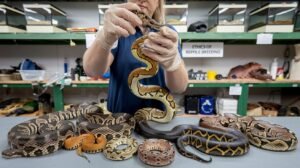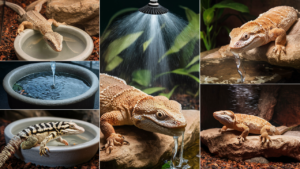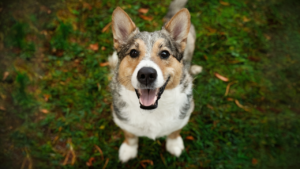Proper ventilation in bird cages is crucial for the well-being of pet birds. This article delves into the importance of ensuring adequate airflow, preventing mold growth, and maintaining ventilation systems to create a healthy living environment for aviary inhabitants.
Understanding Bird Cage Ventilation
Effective bird cage ventilation is crucial for maintaining the health of avian residents. Proper airflow helps mitigate respiratory issues, reducing stress and fostering an overall sense of well-being among birds. Constraints in air exchange can lead to harmful contaminants and stagnation, ultimately impacting avian health. Birds, being highly sensitive to airborne pollutants, require environments that support their physiological needs, such as optimal oxygen levels and manageable humidity. By ensuring proper ventilation, bird keepers can prevent complications associated with poor air quality, promoting longer, healthier lives for their feathered companions.
Ensuring Proper Airflow in Aviaries
Ensuring proper airflow is critical for avian health. Utilize well-designed cages that encourage unobstructed airflow, placing them in areas with natural wind flow. The strategic use of fans can supplement this, balancing airflow for various species, especially those requiring lower humidity levels.
Preventing Mold Growth in Aviaries
Mold thrives in humid, unclean environments, making diligent cleaning and moisture control vital. Regularly clean cages, manage humidity with dehumidifiers, and use mold-resistant materials in construction to thwart growth. Mold poses serious health risks to birds, including respiratory issues, reduced immunity, and even choking hazards. Prioritize preventive measures to safeguard avian health.
Maintenance of Ventilation Systems
Regular maintenance of ventilation systems is vital for ensuring a healthy environment for birds. Routine checks should include inspecting vents for blockages, ensuring fans work efficiently, and verifying that air filters are clean.
Cleaning procedures involve removing dust and debris from ductwork and vents, typically every three to six months. Use a vacuum specifically designed for HVAC systems to prevent dirt from spreading within the aviary.
Signs that a ventilation system might need repair include unusual noises from fans, reduced airflow, and increased humidity levels despite operational vents. Prompt attention to these signs can prevent a decline in air quality.
By committing to regular maintenance, bird owners promote optimal airflow and help mitigate health risks associated with poor ventilation, ensuring a thriving avian community.
Conclusions
In conclusion, maintaining proper ventilation in bird cages is essential for the health and well-being of birds. By ensuring good airflow and regularly maintaining ventilation systems, pet owners can prevent mold growth and create a cleaner, healthier environment for their feathered friends.



